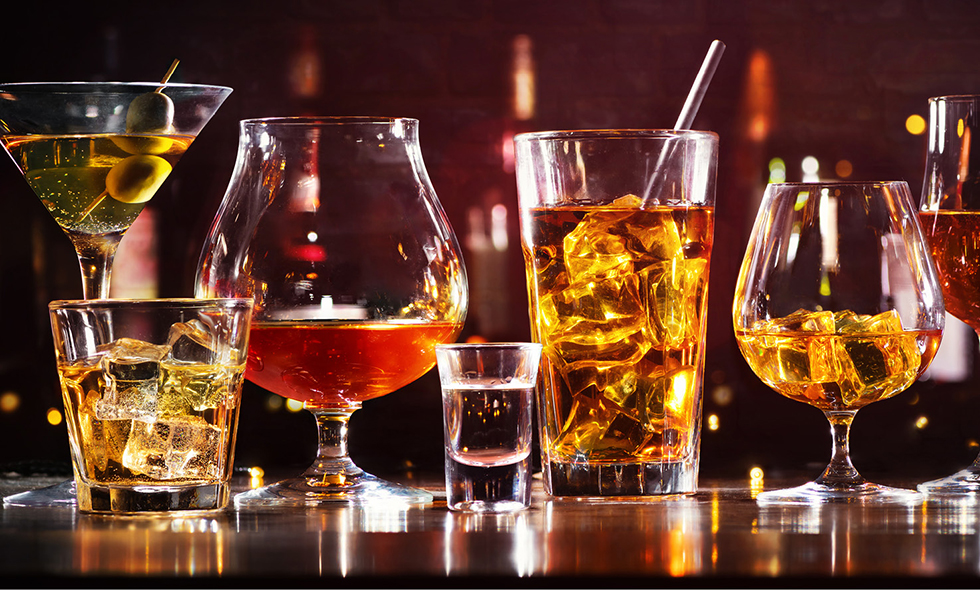
Last updated on June 16th, 2024 at 09:52 am
Drinking alcohol is so common that people may not question how even one beer, cocktail, or glass of wine could impact their health. Alcohol is a part of cultural traditions all around the world…and it’s also a drug that chemically alters the body. People of all ages need to understand these effects.
The National Institute on Alcohol Abuse and Alcoholism (NIAAA) has information on how alcohol impacts your health. It also has resources to help those looking to change their drinking habits.
What does alcohol do to your body?
Just one or two alcoholic drinks can impair your balance, coordination, impulse control, memory, and decision-making. This increases your risk of injuries. Too much alcohol can also shut down parts of your brain that are essential for keeping you alive. Over the long term, alcohol can increase your risk of more than 200 different diseases, including in the liver and pancreas, and certain cancers.
The alcohol you consume resides mostly in the body’s water. Because women tend to have less water in their bodies than men, if a woman and a man of the same weight drink the same amount of alcohol, the woman’s blood alcohol concentration (BAC) would likely be higher. This could help explain why women are more likely to have negative effects from alcohol.
NIAAA Director George F. Koob, Ph.D., said that as of May 2023, the institute is not aware of specific health guidelines on alcohol consumption for transgender or gender-nonconforming individuals.
How much alcohol is safe to drink?
No amount of alcohol is “safe” or beneficial for your health. In fact, alcohol’s harmful effects (such as risk of developing certain cancers) start at fewer than one drink per day. Some people should not drink at all, including:
- People under the legal drinking age of 21
- People with certain medical conditions
- People who are pregnant or who may become pregnant
Drinking alcohol during pregnancy can lead to symptoms of fetal alcohol spectrum disorders (FASD). FASD can cause a range of neurodevelopmental and physical effects in the child after birth.
Mixing alcohol and medicines can be harmful. If you are on any medications, talk to your health care provider about how alcohol may affect them.
What is moderate alcohol use?
According to Dietary Guidelines for Americans, moderate alcohol use is consuming two drinks or less in a day for men and one drink or less a day for women. But what is a standard drink?

Credit: National Institute on Alcohol Abuse and Alcoholism.
What is binge drinking?
Binge drinking is drinking enough alcohol to raise one’s BAC to 0.08% or above. Women typically reach this level after about four drinks and men after about five drinks in two hours. Binge drinking—and heavy drinking—is a type of alcohol misuse (a spectrum of risky alcohol-related behaviors).
What is alcohol use disorder?
Alcohol use disorder (AUD) is a chronic brain disorder that makes it difficult to control alcohol use, even when it’s causing problems. AUD can be mild, moderate, or severe.
Alcohol misuse at an early age increases the risk of developing AUD. Genetics or a family history of alcohol misuse increases that risk as well. Childhood trauma, mental health issues, and stress can also lead people to begin drinking or to drink more than usual.
But there is good news! No matter how severe the problem may seem, evidence-based treatment can help people with AUD recover.
Where can someone find treatment for AUD?
While there is no one-size-fits-all method for recovering from AUD, there are lots of effective treatment options. Some examples include behavioral treatments, support groups, and FDA-approved medications. NIAAA can help people find information and resources about AUD and treatments that might work best for them.
- Rethinking Drinking is a series of self-guided questions to help you understand your relationship with alcohol and change your drinking habits.
- The NIAAA Alcohol Treatment Navigator is an online tool to help you understand AUD and how to treat it. It can also find treatment options by health care provider, location, and method—both virtual and in-person.
